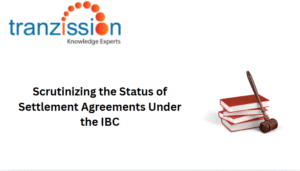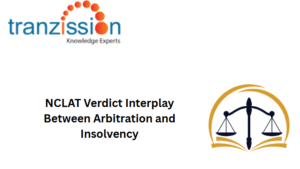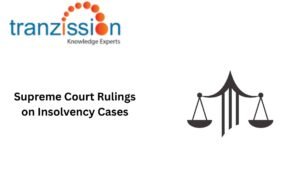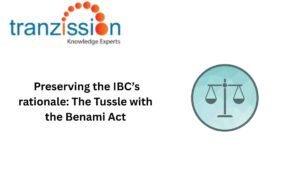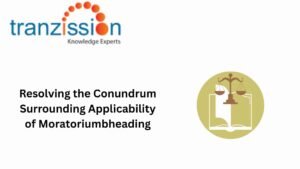
Transfer of Property Act, 1882 – Section-Wise Bare Act
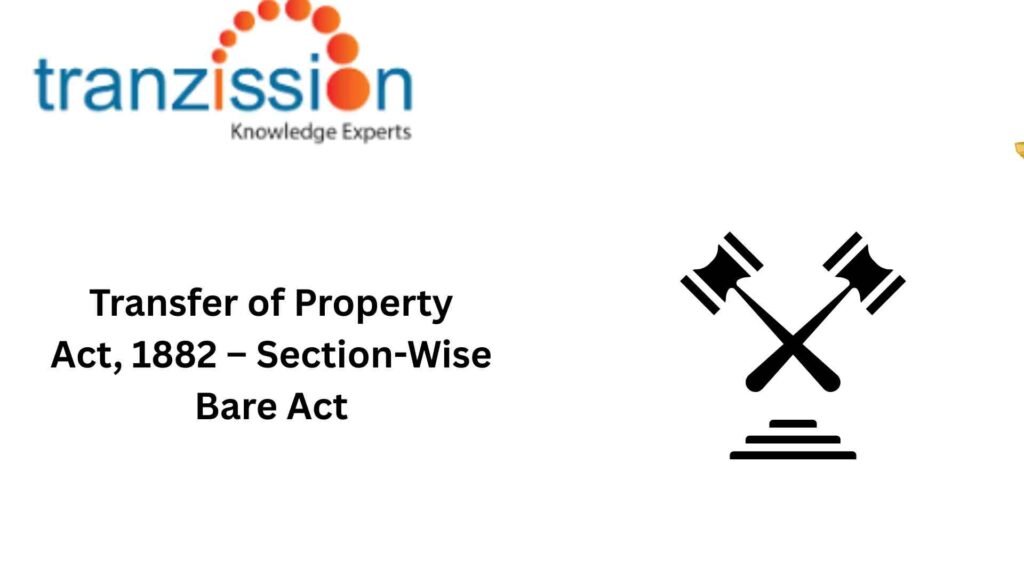
Table of Contents
The Transfer of Property Act of 1882 (hereon forward known as “the Act”) is a key Indian law that regulates the transfer of property, both movable and immovable. It mainly focuses on immovable property and ensures transparency, protects parties involved, and regulates legal formalities in property transactions. It covers various types of property transfers, including sale, mortgage, lease, exchange, and gift.
What are its key objectives?
The Act defines the legal modes of transferring property, protects the rights of buyers, sellers, tenants, and mortgagees. It also prevents fraudulent property transfers, while ensuring that the property is transferred legally, safeguarding the interests of lenders and borrowers.
Suggested Reading: Section 11 of IBC – Persons Not Entitled to Make Application
Section-Wise Breakdown of the Transfer of Property Act, 1882
General Provisions – Sections 1 to 4:
Sections 1-4 establish the Act’s scope, repeal of prior laws, interpretation of terms, and the relationship with other relevant Acts, such as the Contract Act and the Registration Act. It also defines key terms and applicability of the Act, such as section 3 clarifies “immovable property” and ”attached benefits”. Section 4 distinguishes between the Act and other laws like the Indian Contract Act.
Modes of Property Transfer – Sections 5 to 53A:
Property transfer can occur through various modes like sale, mortgage, exchange, and gift, with section 53A addressing the doctrine of part-performance for immovable property. Section 5 defines “transfer of property,” and section 6 states that property of any kind may be transferred, unless the law specifies otherwise.
Key Modes of Property Transfer Under the Transfer of Property Act, 1882
Sale of Property (Sections 54-57):
Section 54 defines a sale as the transfer of ownership of immovable property from the seller to the buyer in exchange for a price paid, promised, or part-paid and part-promised. This legal transaction involves specific procedures and documentation to ensure its validity. Further, section 55 lists the rights and liabilities of buyers and sellers.
Mortgage of Property (Sections 58-104):
These provisions primarily address mortgages and charges, defining their types, rights, and liabilities of the mortgagor and mortgagee, including redemption rights, and the rules for leases on mortgaged property. For instance, section 58 defines mortgage types, such as simple, conditional, usufructuary, etc. Under section 60, the mortgagor has the right to reclaim property after repaying the loan and the lender has the right of foreclosure in section 67 if the borrower defaults.
Lease of Property (Sections 105-117):
Sections 105-117 deal with leases of immovable property, defining the concept, rights, and liabilities of lessors and lessees, and addressing matters like duration, termination, and forfeiture. A lease is defined under section 105 as a temporary transfer of property for rent, and section 111 lists the termination of lease conditions.
Gift of Property (Sections 122-129):
These sections deal with gifts, defining them as gratuitous transfers of existing property, movable or immovable, from a donor to a donee without consideration. It outlines the conditions for valid gifts, including acceptance, transfer methods, and revocation. Section 122 states that a gift must be voluntary and without consideration, and the revocation of gifts in specific circumstances under section 126.
Role of the Transfer of Property Act in Insolvency Cases
The Act plays a crucial role in insolvency cases by addressing property transfers, particularly when a person becomes insolvent, ensuring that conditions restricting the transferee’s ability to transfer or dispose of property are avoided:
Fraudulent Transfers & Section 53 of TPA in Insolvency:
In many insolvency cases, debtors try to transfer assets fraudulently before bankruptcy to avoid creditor claims. Section 53 of the Insolvency and Bankruptcy Code, 2016 (“the IBC”) prevents such transactions, ensuring assets are available for creditor settlements in the corporate insolvency resolution process (CIRP).
Mortgage & Charge on Property in CIRP & Liquidation:
Lenders who hold mortgages under the Act get priority in asset recovery during CIRP, while liquidation under the IBC follows the hierarchy of secured creditors, where mortgagees have legal rights over mortgaged assets.
Doctrine of Part Performance & Its Relevance in Insolvency:
In section 53A of the Act, buyers who have paid but do not have ownership yet are protected, and it is crucial when insolvency proceedings involve incomplete property transactions.
Challenges in Applying the Transfer of Property Act in Insolvency Cases
Fraudulent Asset Transfers Before Insolvency:
Fraudulent asset transfers aim to prevent, hinder, or delay the collection of debt, potentially rendering the transferring party insolvent. Many corporate debtors attempt last-minute asset transfers to escape CIRP liabilities.
Conflicts Between TPA & IBC on Property Rights:
Section 238 of the IBC states that the IBC has primacy over other laws, hence, the IBC may override mortgage rights under the Act. This creates legal conflicts for secured creditors and other stakeholders.
Delays in Resolving Property Disputes in Insolvency Cases:
Property disputes in insolvency cases may cause potential legal disputes. These disputes over property transfers often slow down CIRP resolution.
Best Practices for Insolvency Professionals & Creditors in Property Disputes
The Insolvency and Bankruptcy Board of India (IBBI) can address property disputes in insolvency cases by:
- Ensuring property documentation in property transfers prevents disputes during insolvency proceedings, such as legally registered deeds.
- Creditors, like banks and financial institutions, should verify the legitimacy of property claims.
- Regulatory bodies must identify fraudulent asset transfers before insolvency filings.
Conclusion
The IBC and the Act intersect when dealing with property transfers, particularly regarding preferential transactions and the rights of creditors during insolvency proceedings. In real estate insolvency cases, the IBC addresses issues like transfer of property of ownership of allottees, registration of transactions, and the rights of homebuyers. Section 53 of the Act impacts fraudulent transfers by making transfers of immovable property voidable at the option of creditors or subsequent transferees if made with the intent to defeat or delay creditors or defraud a subsequent transferee. Thus, this section protects creditors and subsequent purchasers.

